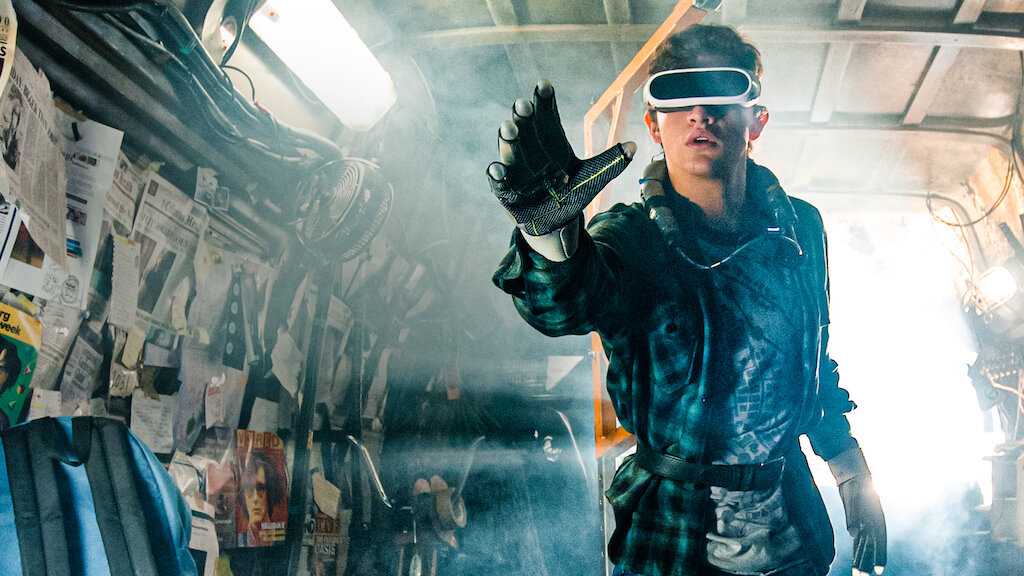Seven years after the original Ready Player One wowed audiences with its virtual spectacle and nostalgic thrills, Ready Player One (2025) dives back into the OASIS — this time with higher stakes, darker questions, and a controversial new technology that blurs the line between simulation and reality. Directed by Steven Spielberg once again, the sequel dazzles visually, but its ambitious themes may divide audiences.
Set three years after Wade Watts (Tye Sheridan) won control of the OASIS, the story opens with a bold new innovation: ONI (OASIS Neural Interface) — a brain-connected headset that allows users not just to see and hear the virtual world, but to feel it. With it comes immense possibilities — and devastating consequences. When a dormant AI from James Halliday’s past is accidentally awakened, Wade and his friends must embark on a dangerous new quest inside the OASIS to stop it from taking control of users’ minds.
Visually, Ready Player One (2025) is stunning. The OASIS looks more immersive than ever, with entire worlds inspired by Final Fantasy, Cyberpunk 2077, anime, and even obscure '90s internet culture. Spielberg’s touch is evident in the pacing — fast, fun, and filled with visual storytelling — but also in the heart he gives to character moments.
The film brings back the original High Five crew (Art3mis, Aech, Daito, and Shoto), but shifts the emotional weight to Wade’s internal struggle: Should humanity continue escaping into simulation, or return to building real-world connection? Tye Sheridan delivers a more mature performance, showing a Wade who is both empowered and overwhelmed by responsibility.

The film’s biggest strength — and weakness — is its ambition. It tries to say something profound about technology addiction, grief, digital immortality, and ethical AI, but sometimes gets lost in its own virtual world. The plot moves quickly, but the emotional beats occasionally feel rushed, especially compared to the stronger relationship arcs in the first film.
Still, there’s a thrilling sequence involving a digital recreation of an iconic 80s horror film, and a philosophical third act that will leave some viewers thinking long after the credits roll.
Ready Player One (2025) may not achieve the perfect balance of heart and spectacle like its predecessor, but it remains a bold, thought-provoking journey into the next frontier of virtual living — and a warning that even paradise has a price.

-1753519811-q80.webp)

